The Hidden Costs of Owning a Horse No One Warns You About
Horse ownership looks dreamy from the outside: sunlit trail rides, long grooming sessions, maybe a saddle that fits just right. Yet the real cost of owning a horse doesn’t stop at the purchase price or monthly feed. There are expenses tucked into every corner of a stable life, and many new owners only discover them the hard way.
Hay Inflation Is a Real Thing
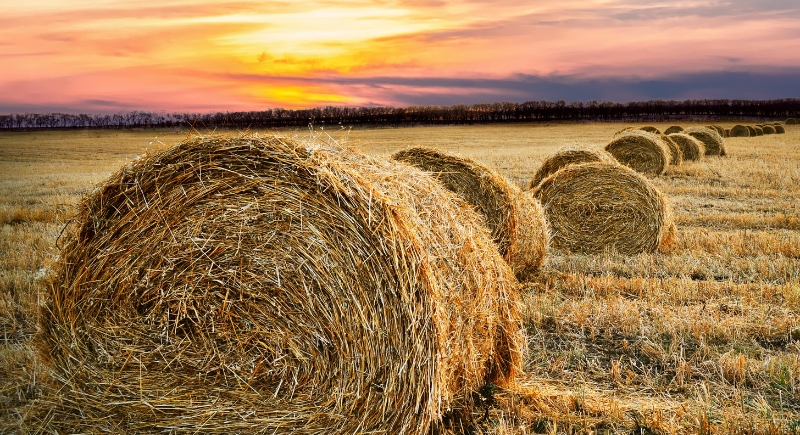
Credit: pixabay
Hay is a recurring expense that spikes with fuel costs and even local land development. A bale that used to cost $5 a decade ago may now run $15 or more. Multiply that by several bales per week, and suddenly, you’re budgeting like a farmer whether you own land or not.
You’re Paying for Your Horse’s Pedicure
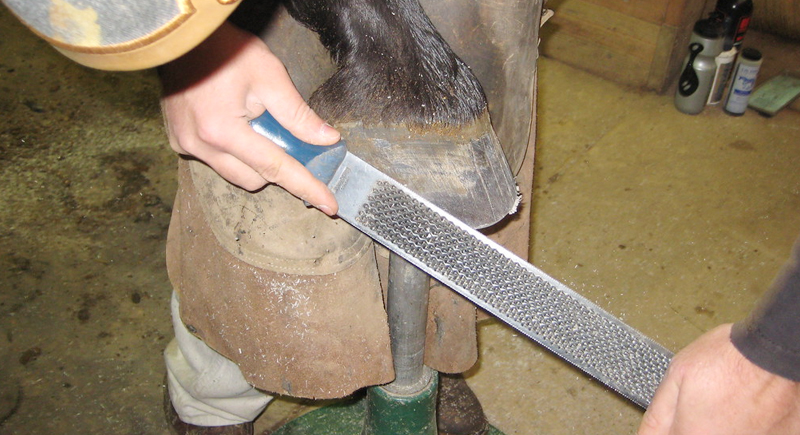
Credit: flickr
Those hooves need to be trimmed every 6 to 8 weeks, even if your horse is barefoot. If you add shoes, that easily costs $100 to $300 per visit. Miss too many appointments, and you’re looking at lameness or costly corrections. It’s routine but far from cheap.
“Cheap” Tack Will Cost You Later
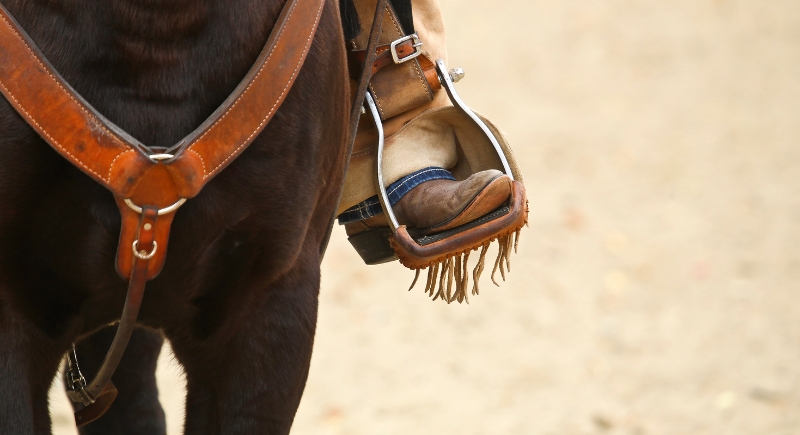
Credit: Getty Images
You might find a saddle online under $100 and call it a smart move until it rubs your horse’s back raw or warps after two rides. Quality tack is expensive upfront (sometimes $1,000+ for a saddle), but poorly made gear leads to discomfort, bad behavior, and vet bills.
Vet Bills Happen Even When They’re Healthy
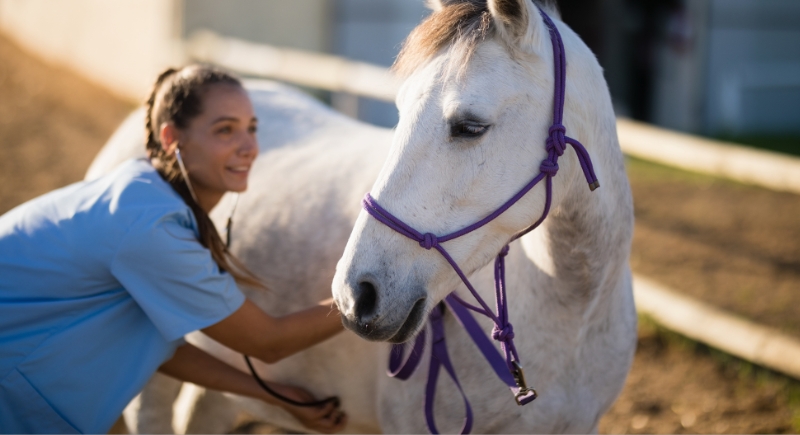
Credit: Getty Images
A horse doesn’t need to be sick to rack up costs. Vaccines, dental floats, and sheath cleaning are just part of the yearly routine. Colic or lameness episodes, though? That’s where things get pricey fast. Emergency farm calls alone can hit $100 before treatment even begins.
Supplements Multiply Like Rabbits
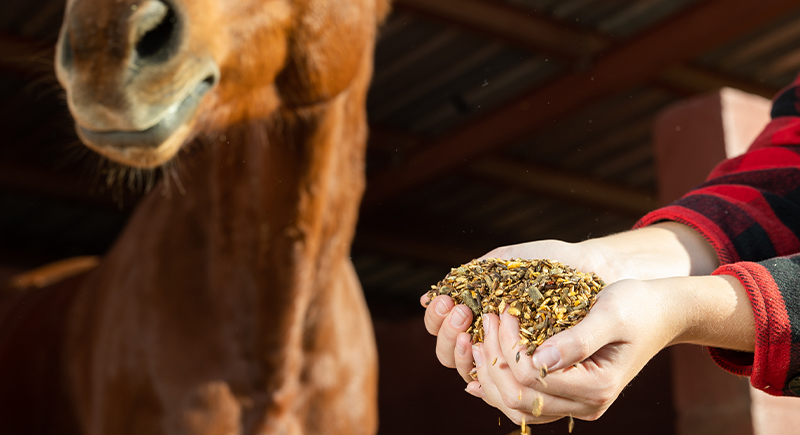
Credit: iStockphoto
First, it’s a joint powder. Next, you’re reaching for probiotics, something for hoof strength, a calming scoop, and maybe a vitamin mix you heard about in the tack room. The shelf fills up fast, but not every horse needs half these products. Owners often spend a fortune before figuring out what actually works.
Barn Drama Has a Price Tag
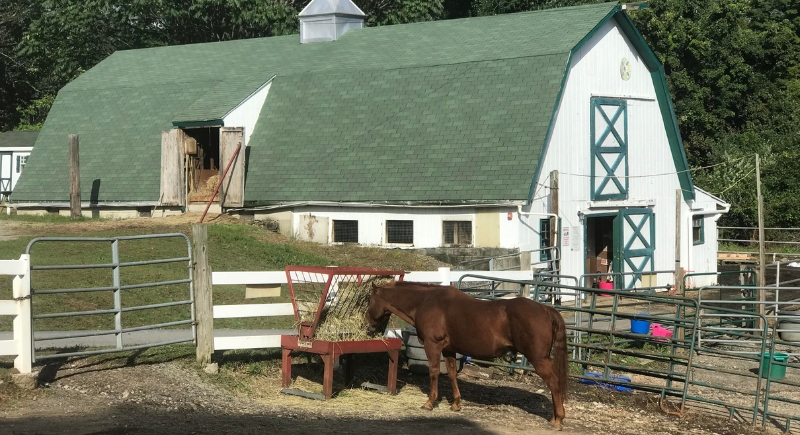
Credit: pixabay
Boarding facilities vary widely in rules, cleanliness, and personalities. A toxic barn environment can push you to switch barns mid-season, pay double during transition, or haul farther than planned. It’s not always just about the horse; sometimes, the humans make things costly.
Transportation Isn’t Just for Shows
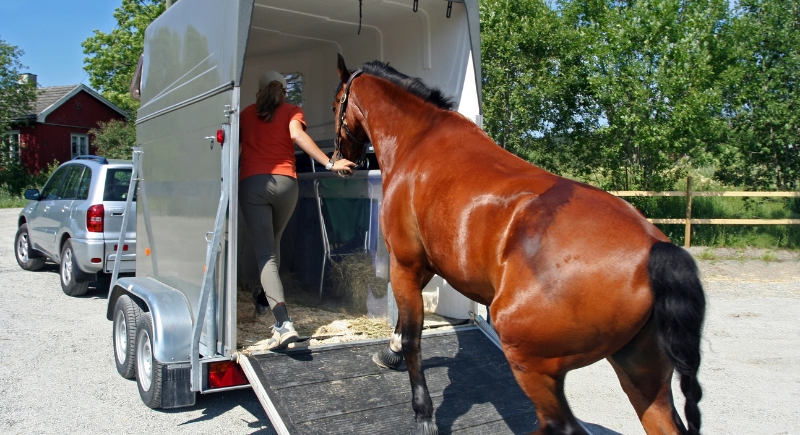
Credit: Getty Images
Even if you never compete, you’ll need to trailer your horse. Vet visits, trail rides, and emergencies all require reliable transport. If you don’t have a trailer, expect to borrow or rent, sometimes at $1 per mile plus gas.
Blankets Don’t Last Forever
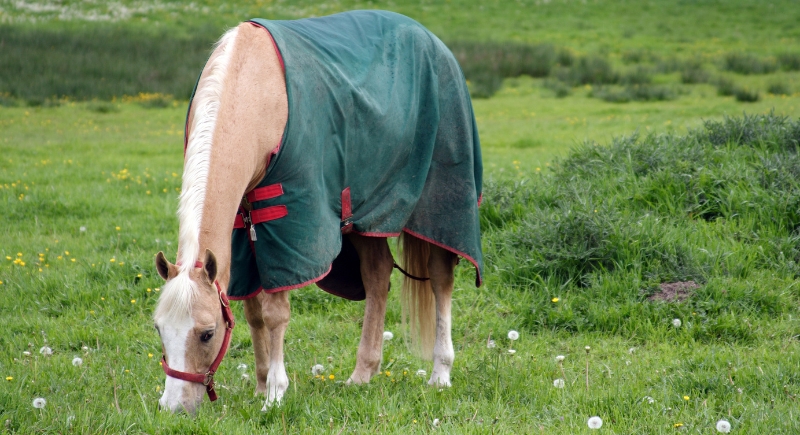
Credit: Getty Images
Horse blankets tear, lose waterproofing, or mysteriously disappear. You’ll need different weights for changing weather, plus backups for wet days or repairs. A single turnout blanket can cost $100–$300, and most horses need more than one. Some even need fly sheets or coolers, too.
Time Off Costs Money Too
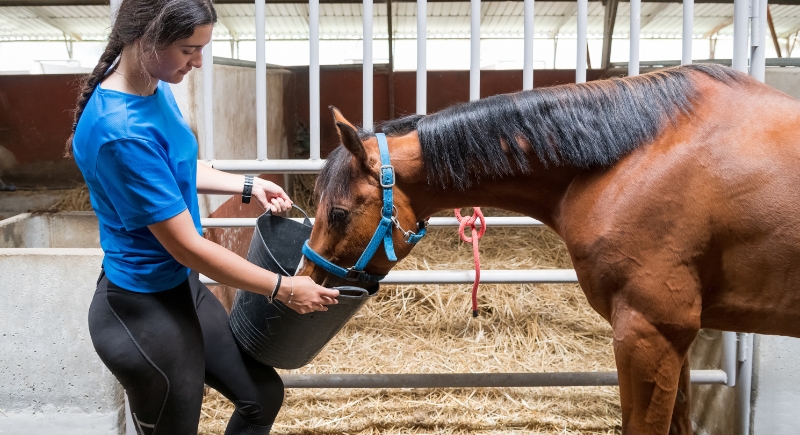
Credit: Canva
Horses don’t pause their needs just because you go on vacation. If you don’t board full-time, you’ll pay for someone to feed, turn out, and clean up. And you’ll want someone reliable with horse experience. Horse-sitting adds up quickly if you travel often.
Saddle Fit Is an Ongoing Battle
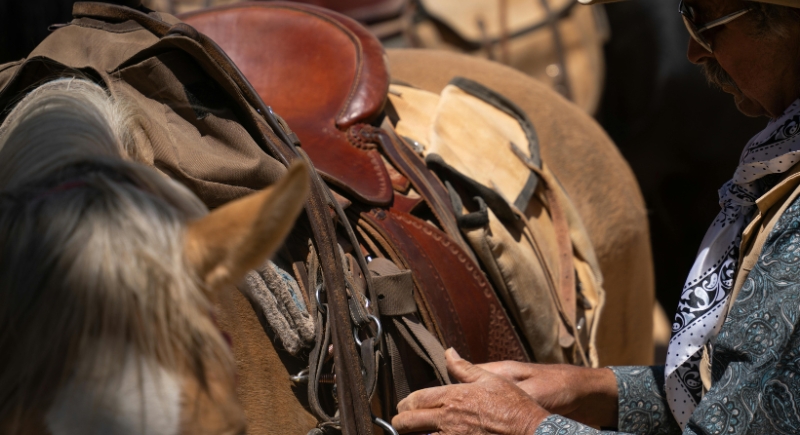
Credit: pexels
Even if you buy the perfect saddle, your horse’s back will change over time due to age, training, or injury. That “perfect fit” might not last. Many riders hire saddle fitters at least once a year—sometimes more. A fitting session can run $75–$150, not including adjustments.
Fence Repairs Never End
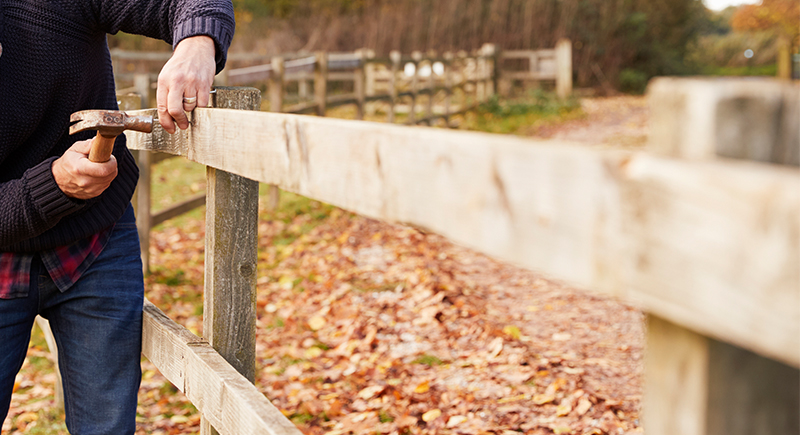
Credit: iStockphoto
For horse owners with property, fencing is a never-ending project. Horses chew, lean, kick, and test boundaries. Wood boards crack, wire snaps, and gates sag. It’s not glamorous, but it’s necessary. Fencing supplies aren’t cheap—neither is the chiropractor if you wrench your back and fix it.
Your Wardrobe Will Expand Unexpectedly
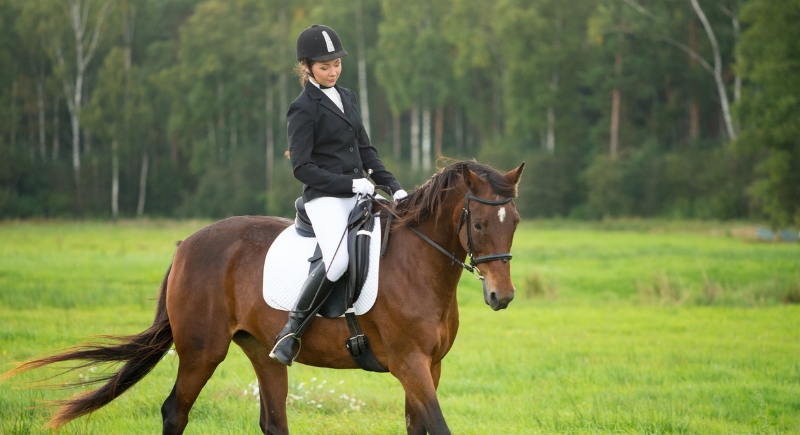
Credit: Canva
You might think riding boots and a helmet are enough. Then winter hits, and you’ll want waterproof pants, thermal socks, gloves that let you grip a lead rope, and a jacket that survives horse slobber. Horse owners often end up with a full barn wardrobe just to stay functional.
The Emotional Toll Has Its Own Price
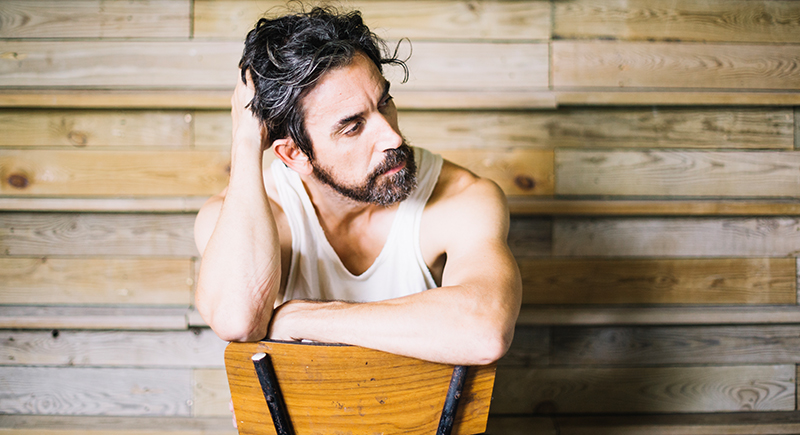
Credit: freepik
No one budgets for heartbreak, but horse ownership includes tough days, like injuries, setbacks, and even loss. Emotional bandwidth is part of the deal. Vet decisions, financial stress, or behavioral struggles can drain you.
Training Isn’t Just for the Horse
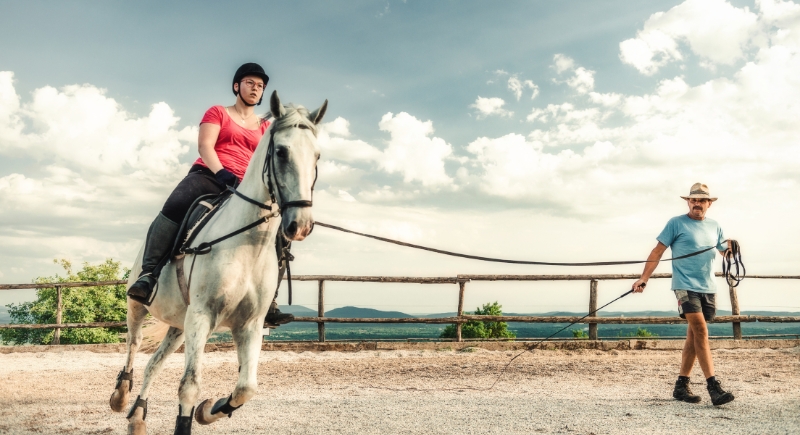
Credit: Getty Images
Even experienced riders often need lessons to adjust to a new horse. Help with groundwork, behavioral issues, or discipline changes is required. Trainers charge per session, and clinics run into the hundreds. Without guidance, mistakes often multiply faster than progress.
You’ll Still End Up at the Feed Store Twice a Week
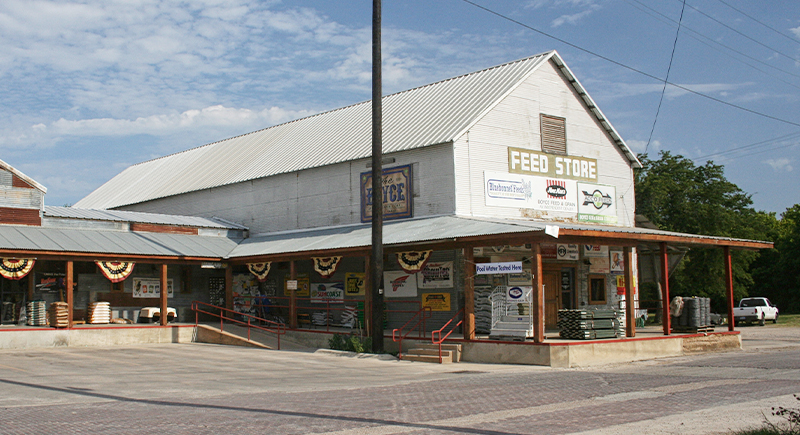
Credit: iStockphoto
No matter how much you plan ahead, something’s always running out: grain, shavings, fly spray, treats, you name it. Even with delivery options, many horse owners find themselves at the feed store more often than at the grocery store.